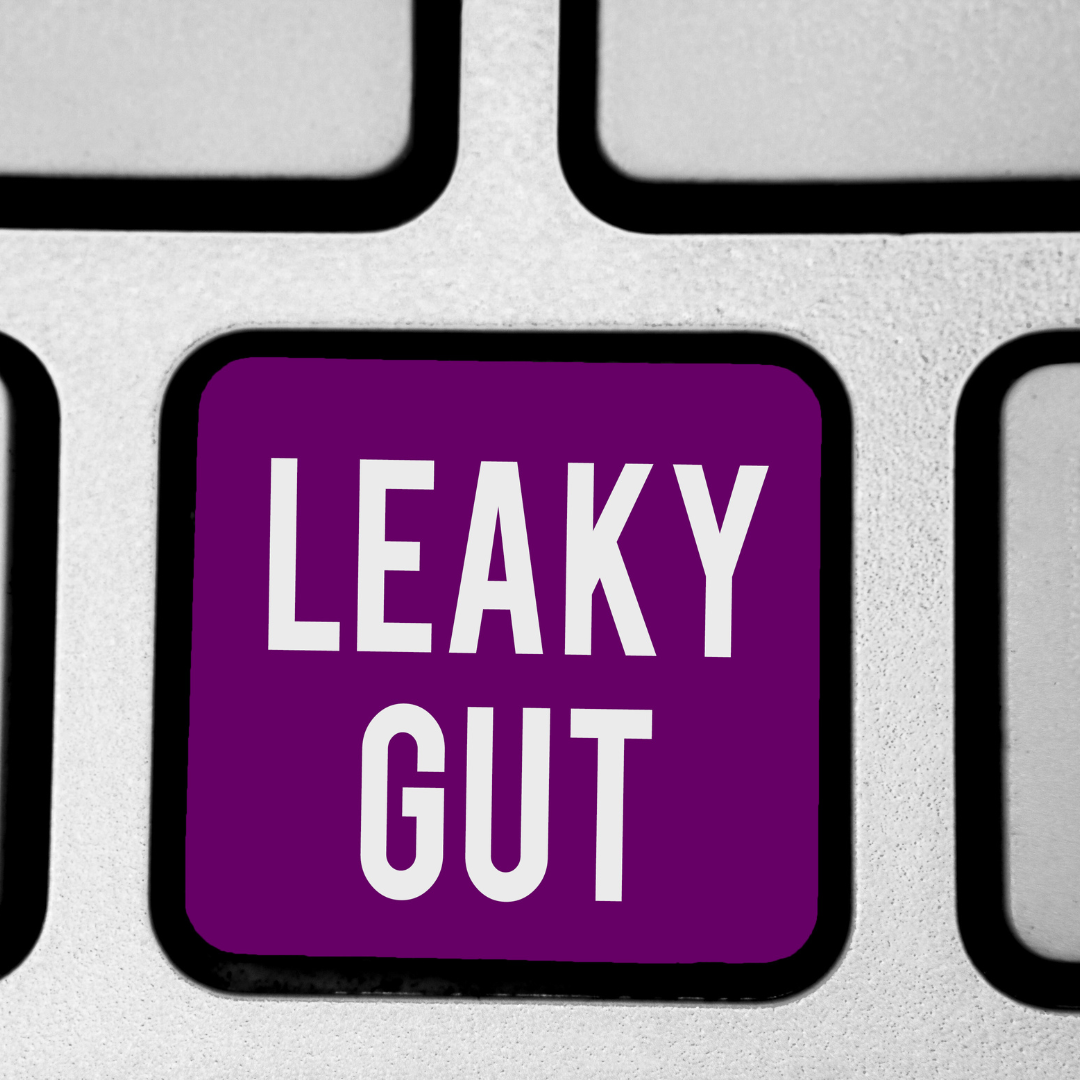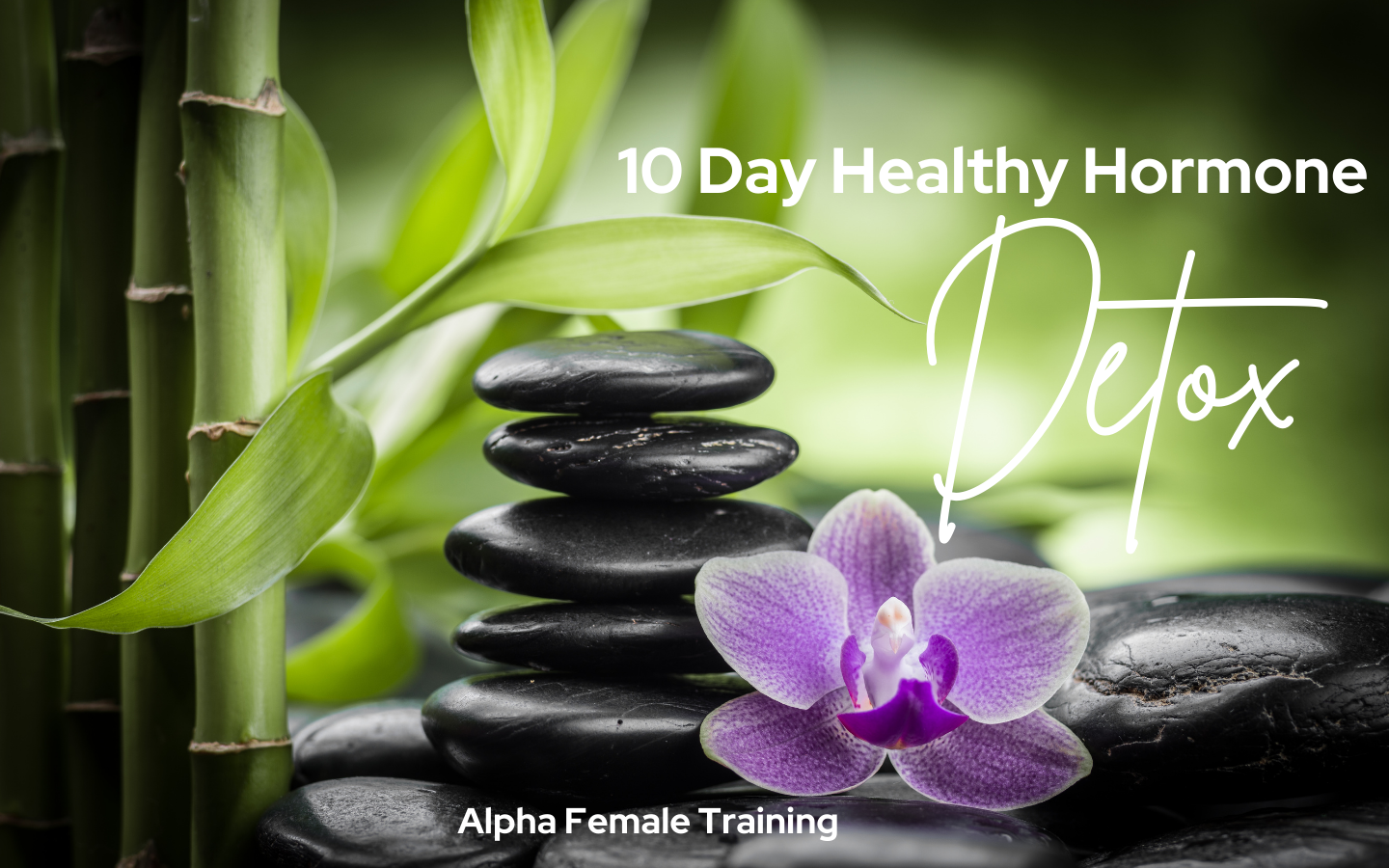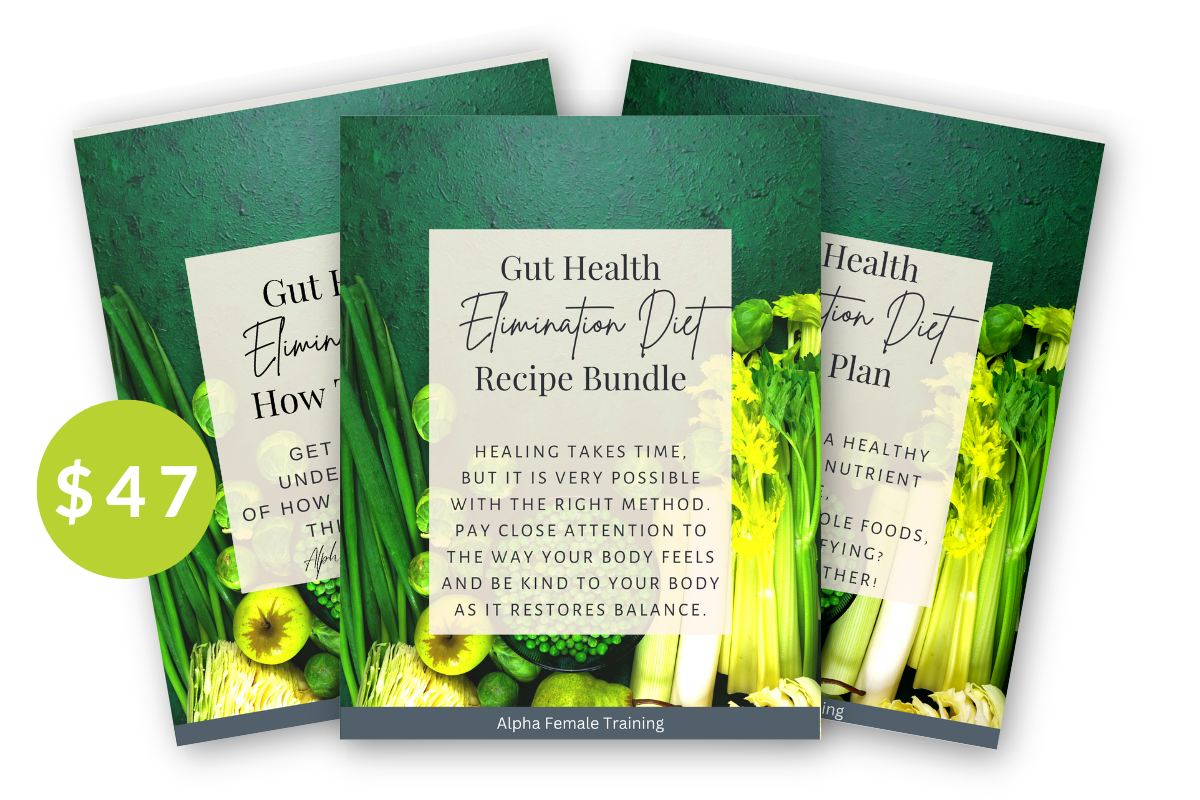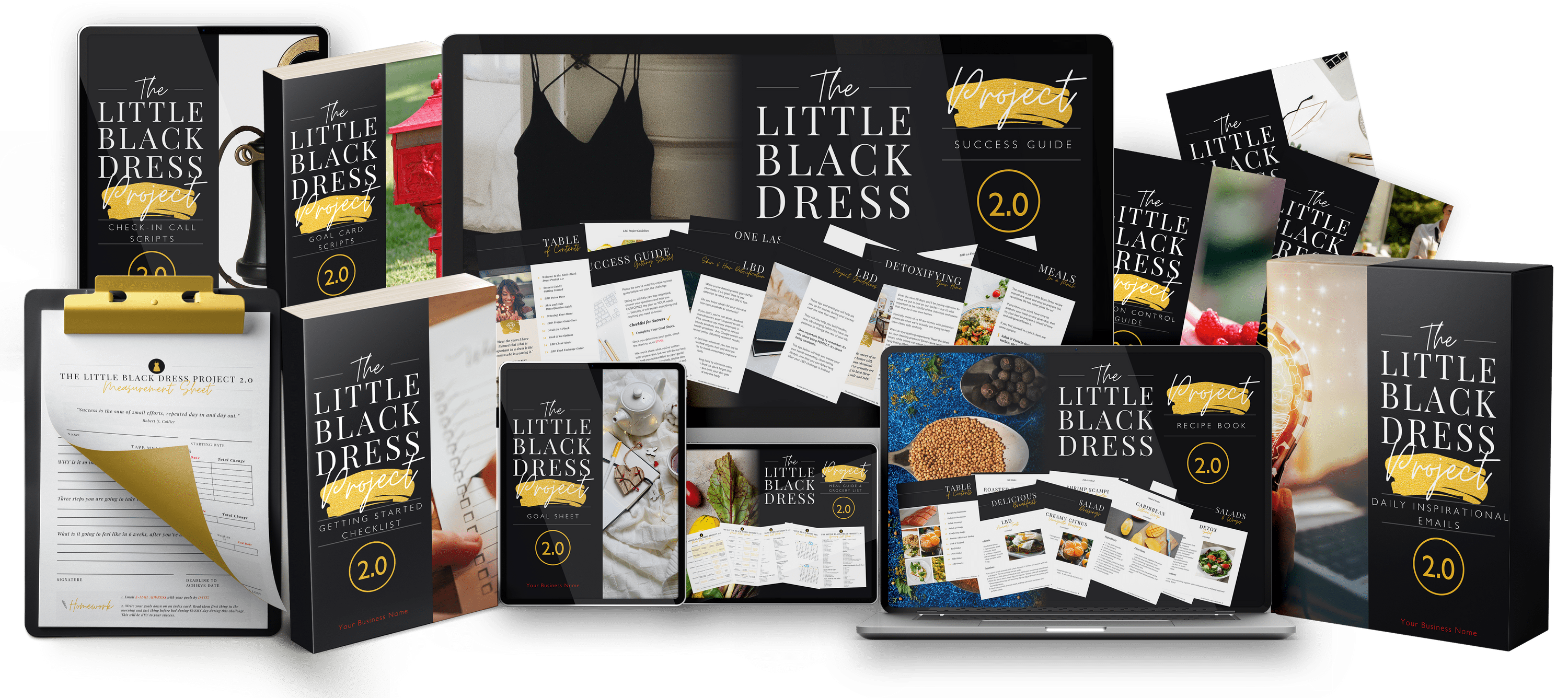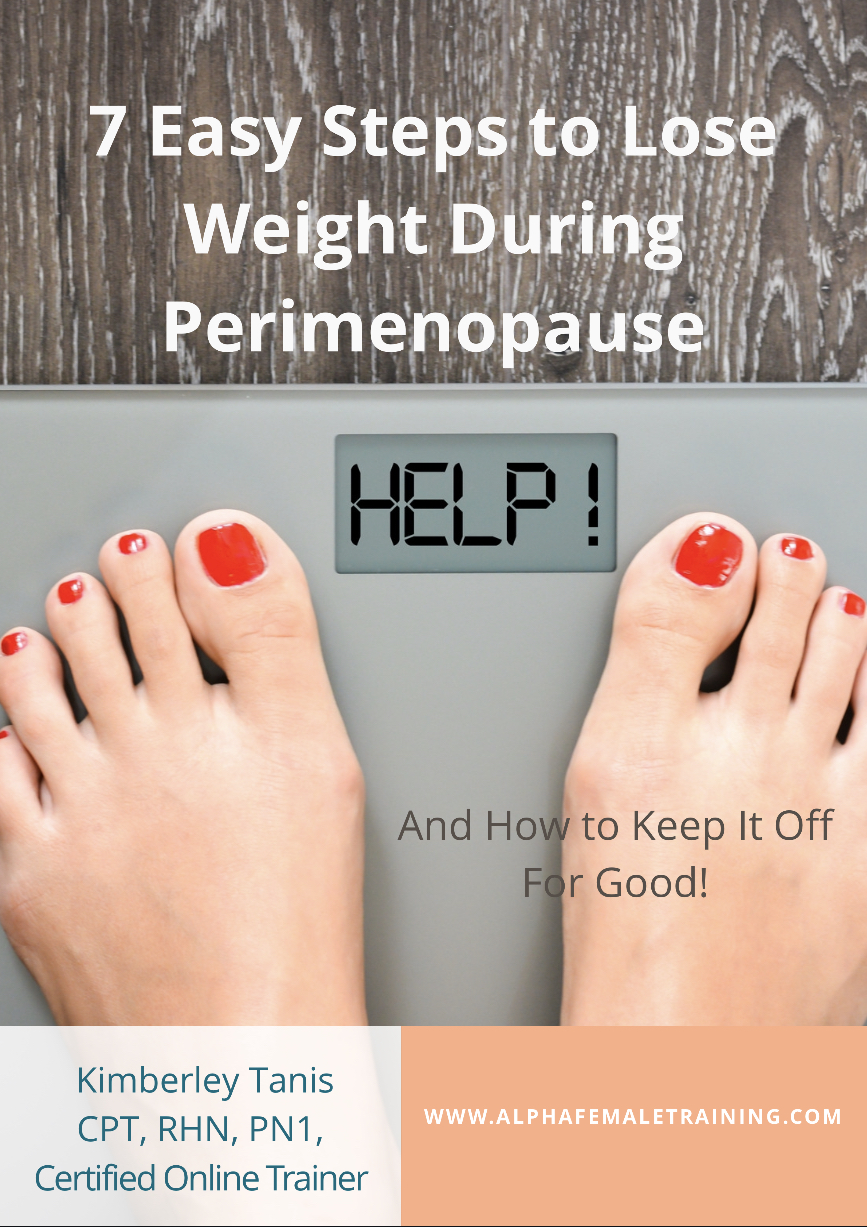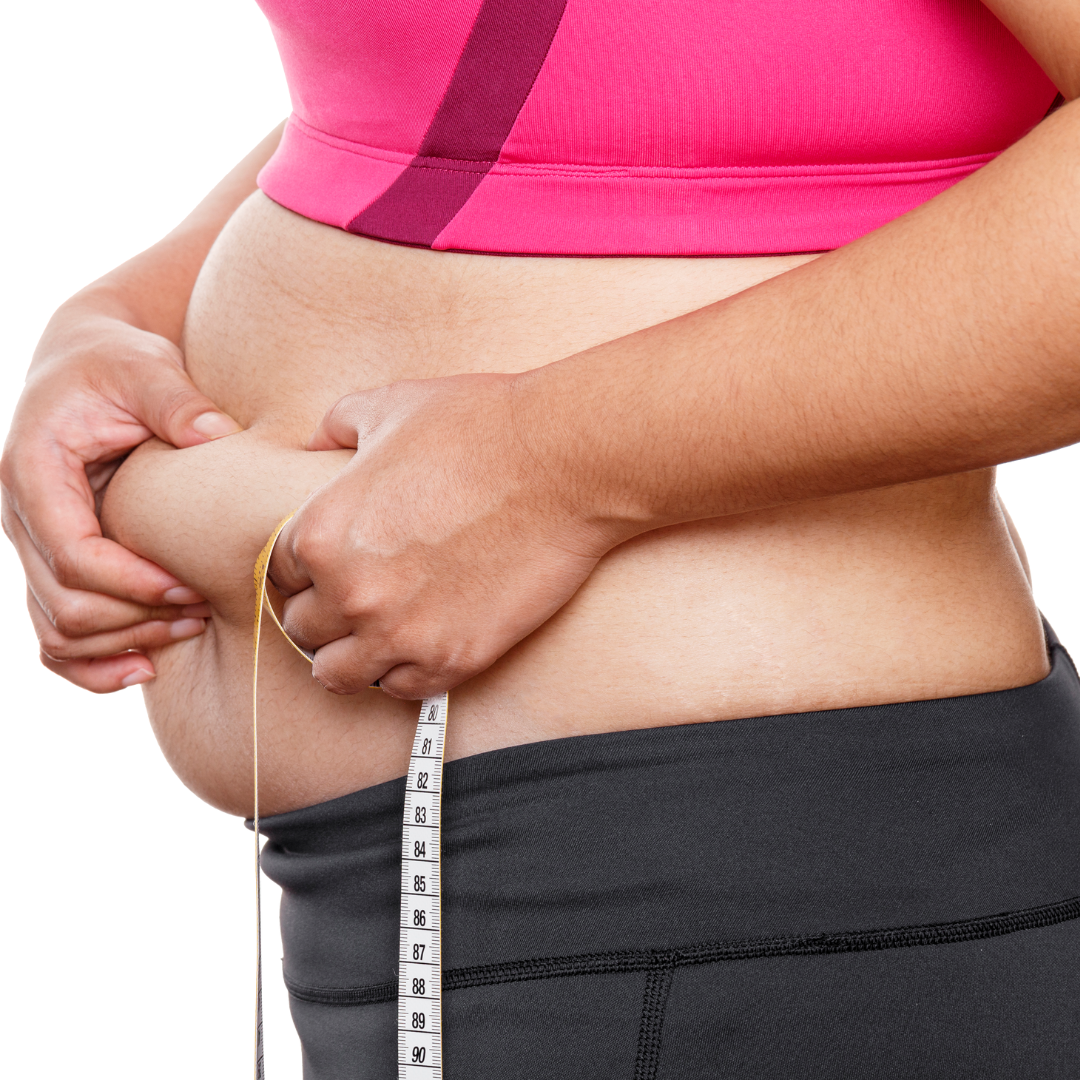What is an Elimination Diet
What is an elimination diet and how can it help with your crazy hormones and digestive issues? An elimination diet is a highly effective method for women over 40 to identify foods that may be causing their hormonal imbalances. As many of the typical symptoms that women in this age group experience are due to hormonal dysfunction, starting with an elimination diet is often my first recommendation.
Most of us don't really pay attention to how food makes us FEEL. If certain foods really don't agree with us they can cause inflammation and stress on our bodies. The only way to know what is causing the reactions is to remove the common offenders and then re-introduce them so that you can eat to look and feel your best.
An elimination diet is excellent for doing the research on yourself especially if you think you may have poor gut health, you can't lose weight, you have low thyroid symptoms or are suffering from leaky gut syndrome.
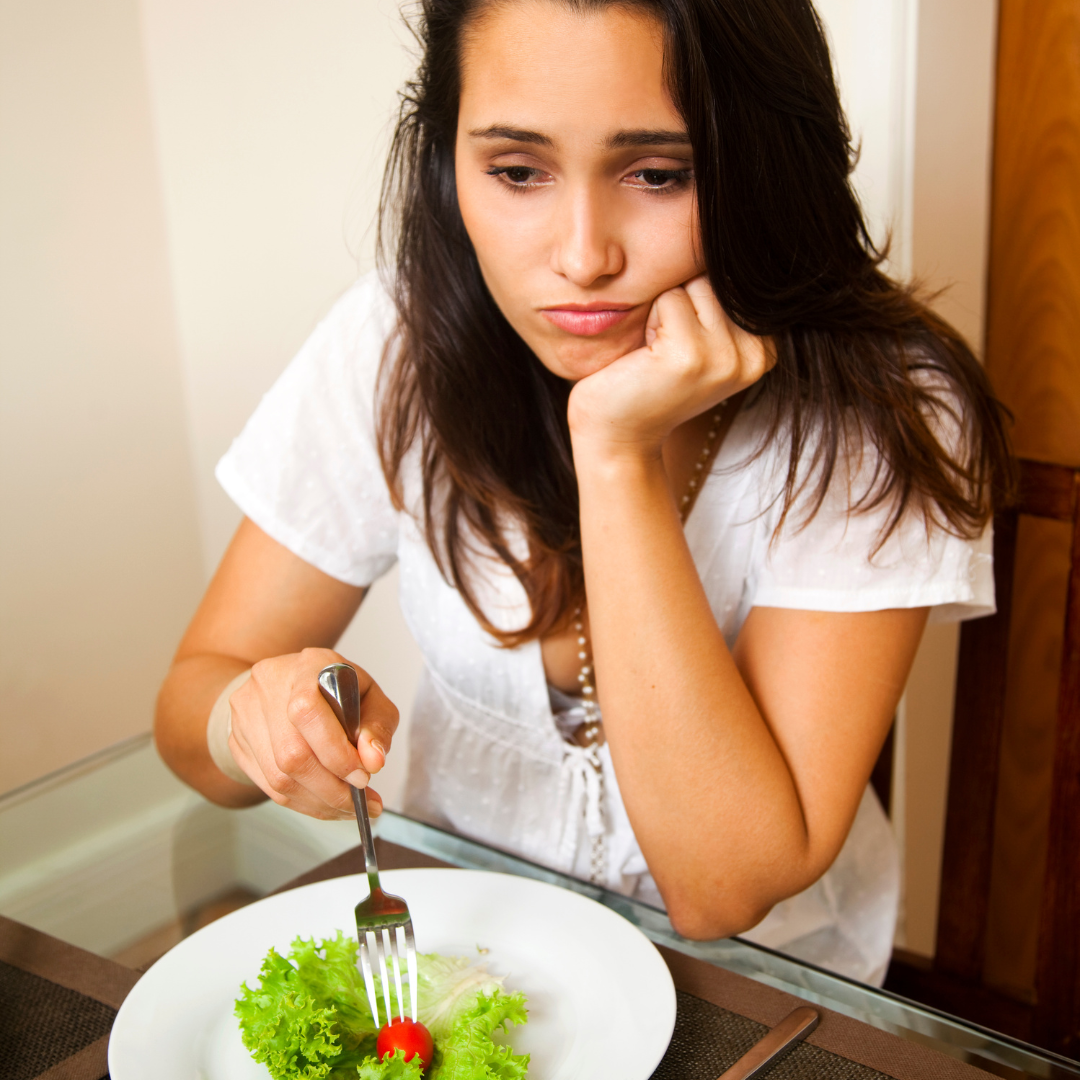
Hormone imbalances and the elimination diet.
As a woman, your body's various systems are regulated by hormones, which act as chemical messengers and play a vital role in promoting essential biological functions. Hormones influence everything from reproduction to metabolism, mood, body temperature, and more.
However, when hormones are not in proper balance, they can send mixed messages to your cells, leading to an overproduction or underproduction of a specific hormone, which only worsens the problem. This can result in vital functions becoming disrupted, leading to chronic inflammation, autoimmune diseases, and other health conditions that can leave you feeling unwell.
While natural hormonal fluctuations occur during puberty, pregnancy, menstruation, and menopause, and may cause a range of symptoms, it's crucial to support your body to maintain balanced hormones at all times to keep it functioning at its optimal levels.
Apart from natural hormonal changes, various lifestyle factors can contribute to hormonal imbalances. These may include exposure to environmental toxins, consumption of processed foods and artificial sweeteners, insufficient sleep, lack of physical activity, medications, and inflammation in one or more major systems within your body.
Hormonal imbalances can result in a range of symptoms, such as stubborn weight gain, headaches (including migraines), acne, bloating, stomach cramps, gastrointestinal problems, candida or other yeast infections, thyroid issues, extreme fatigue or exhaustion, frequent colds, flu, or infections, and many others.

What is an elimination diet good for?
One of the most prevalent and easily treatable root causes of hormonal imbalances is food intolerances and food sensitivities. It's not necessary to have full-blown food allergies as these are already apparent to women who have them.
Food intolerances or sensitivities may not cause immediate hospitalization after eating the offending food, but symptoms may appear gradually over time. Additionally, the more frequently you consume the food you are sensitive to, the more severe your symptoms may become. Ironically, women who are intolerant to dairy often crave milk and ice cream, and those who are sensitive to gluten love their pasta and bread!
These symptoms could involve chronic conditions and concerns that you may not necessarily associate with the food you're eating. That's why an elimination diet can be very beneficial for you to do the research on how foods affect you. As all aspects of your body are interrelated, food sensitivity can alter the messages your hormones send and receive, and your hormones can become imbalanced.
The great news is that once you've identified the foods that cause issues for you, modifying your eating habits and healing your hormonal imbalance is pretty straightforward. One of the most effective methods for identifying these foods is by attempting an elimination diet for a few weeks.

So what is an elimination diet exactly?
An elimination diet is a method where you exclude the most common food sensitivities from your diet entirely to enable your body to expel toxins. Seems simple enough, doesn't it?
However, for most women, it's not as straightforward as it appears. The most frequent food sensitivities are also among the most commonly eaten, which necessitates altering eating habits. As we all know, that can be challenging!
If eliminating all potential sensitivities at once is overwhelming, you can start with just one (I typically suggest beginning with gluten since many of the women I work with have a gluten intolerance and don't even realize it ).
I've had clients take a two week break from bread, pasta and cereals and they've lost pounds and inches almost immediately!
Eliminating all of the most common culprits at once will reduce symptoms more quickly since you will not be eating any food that causes a reaction. However, if you find it too difficult to do everything at once, you can still get valuable information by excluding one category at a time, although it may take more time to gather all the relevant data on yourself. Keep in mind that you may be sensitive to more than one item, so you'll need to experiment with them all if your symptoms don't improve.
Food groups to stop eating on an elimination diet
Certain food groups cause issues for many women. These include:
- Gluten (found in many grains)
- Dairy (milk, yogurt, cheese)
- Eggs
- Soy
- Corn
- Sugar
- Alcohol
Eliminating these six groups may work for many women and is an excellent place to start.
There are some other foods that may cause problems for some women, such as:
- Nightshade vegetables (tomatoes, eggplants, peppers, potatoes)
- Citrus fruit
- Nuts and seeds
I always suggest beginning with the six most common culprits when asked what is an elimination diet and how to get started on one, and then moving on to the others if taking those out doesn't improve your symptoms.
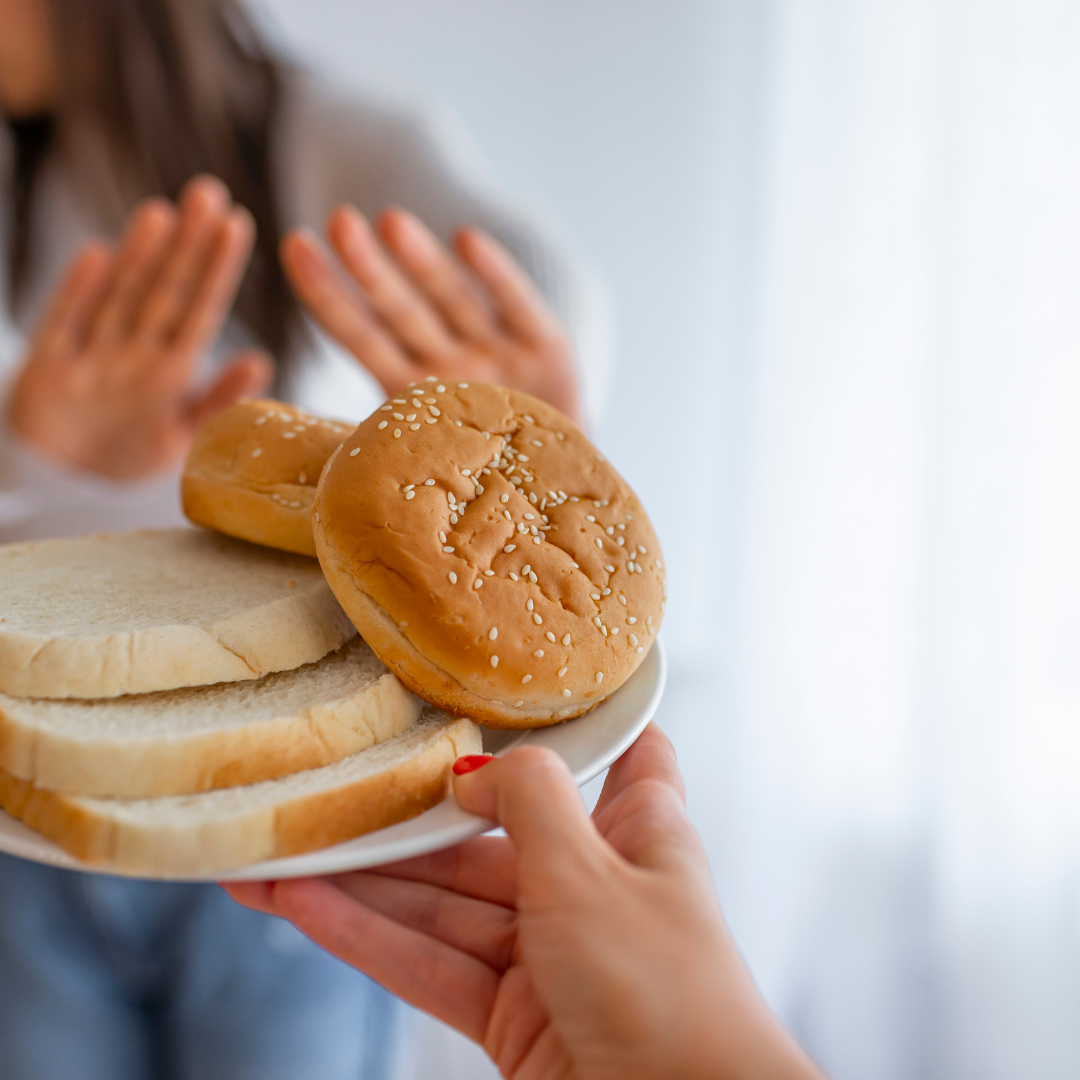
So what is an elimination diet restriction?
As previously mentioned, there are two ways to approach an elimination diet: all at once or one group at a time. Let's briefly examine both methods.
Going all in for a few weeks
The most efficient approach to gather the information you need and start feeling better quickly is to eliminate all six of the major potential sensitivities simultaneously for two to three weeks. However, this can be challenging in the real world, especially if you enjoy eating a lot of processed foods and simple carbohydrates such as bread or pasta. Eliminating all of these things at once requires considerable preparation and commitment, but it can be a total game changer for those who are prepared to dive in headfirst.
After avoiding all six for two to three weeks, choose one group to reintroduce slowly. Eat a small amount of this food and pay attention to any reactions. If any symptoms reappear, you know that food may be something you are sensitive to.
To get the best information about what your body is reacting to (or not), introduce one new group every three days and follow the same procedure. Keeping a food journal can be very helpful.

What is an elimination diet slow version?
Starting an elimination diet slowly may be a better approach for some women who find it too challenging to eliminate all six common food groups at once. The key is to take small steps and move forward gradually.
If you choose to go this route, start by selecting the first group of food to eliminate for two weeks. After that, reintroduce that food and wait for two days to observe if there are any reactions. For many individuals, the symptoms are more noticeable after their body has had time to detoxify. Hence, if you do have a sensitivity, you should observe a difference fairly quickly.
For example, you can begin by eliminating gluten, which is always the first group I suggest. During the first two weeks, be mindful of labels and avoid foods containing wheat or other grains with gluten. After two weeks, reintroduce a small amount of gluten into your diet, such as half a cup of cereal or a slice of toast with your breakfast. Pay attention to how your body reacts. Do you feel bloated or experience stomach problems that were not present in recent days? Is your skin itchy or did you get a rash? Do you retain water? Does your heart rate speed up after that meal? These symptoms could indicate a gluten sensitivity.

How do I know if I have food sensitivities?
You can determine if you have a food sensitivity in two ways. First, if you notice a decrease in symptoms after removing a particular food from your diet, then that food is likely causing an issue. Second, if you reintroduce the food and symptoms return, then your body may not be processing it well.
If you opt for the what is an elimination diet quick plan and go all in, you will likely see improvement in your symptoms within the first two to three weeks. It’s important to stick with the plan and reintroduce only one food group at a time. This way, you can clearly identify which foods don’t agree with you.
If you’re taking a slower approach, you may be able to identify your food sensitivity without eliminating all of the groups. For example, if you eliminate gluten and feel better after two to three weeks, you may not need to continue with the other groups. However, it’s possible that more than one group is causing issues, so it’s important to continue with the elimination process until you feel symptom-free.
After completing the elimination diet and identifying which foods your body is sensitive to, it's important to make a commitment to long-term change. For example, if you discovered that gluten causes bloating, joint pain, and skin issues for you, it's much easier to commit to just avoiding it permanently. The benefits of feeling better far outweigh the temporary satisfaction of consuming something that makes you feel bad.
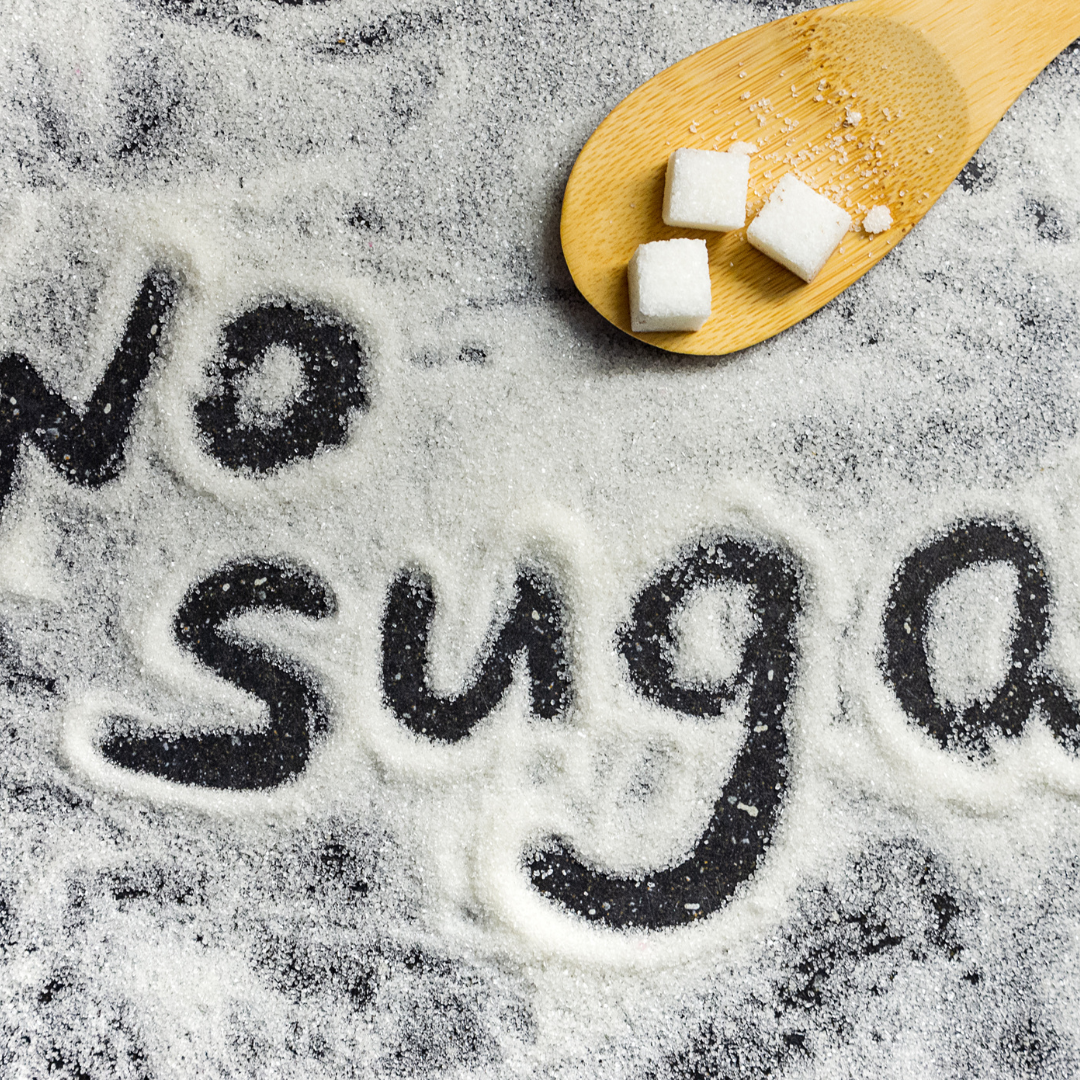
Should I put everything back into my diet?
Earlier, I suggested eliminating certain foods and food groups, such as gluten, dairy, eggs, alcohol, and sugar. However, it's important to note that these categories are not equal.
For instance, although many women I work with have a dairy sensitivity, some do not. In moderation, dairy can be a part of a healthy diet for those women. If however it gives you stomach cramps, acne and has you running for the bathroom it's probably a no-go for you.
In contrast, sugar is unhealthy for everyone, so you may wonder whether you should bother to reintroduce it after the elimination period. This is a valid question. Ideally, I would advise against reintroducing sugar. However, I also believe in moderation and avoiding being too hard on oneself. Being too strict can cause unnecessary stress on you, disrupting hormones and weight management.
If completely cutting sugar out of your life is challenging, do what you can. Use the elimination diet as an opportunity to reassess your relationship with sugar, become more aware of where it appears in your diet, reduce intake, and establish reasonable limits. The same applies to your wine habit!
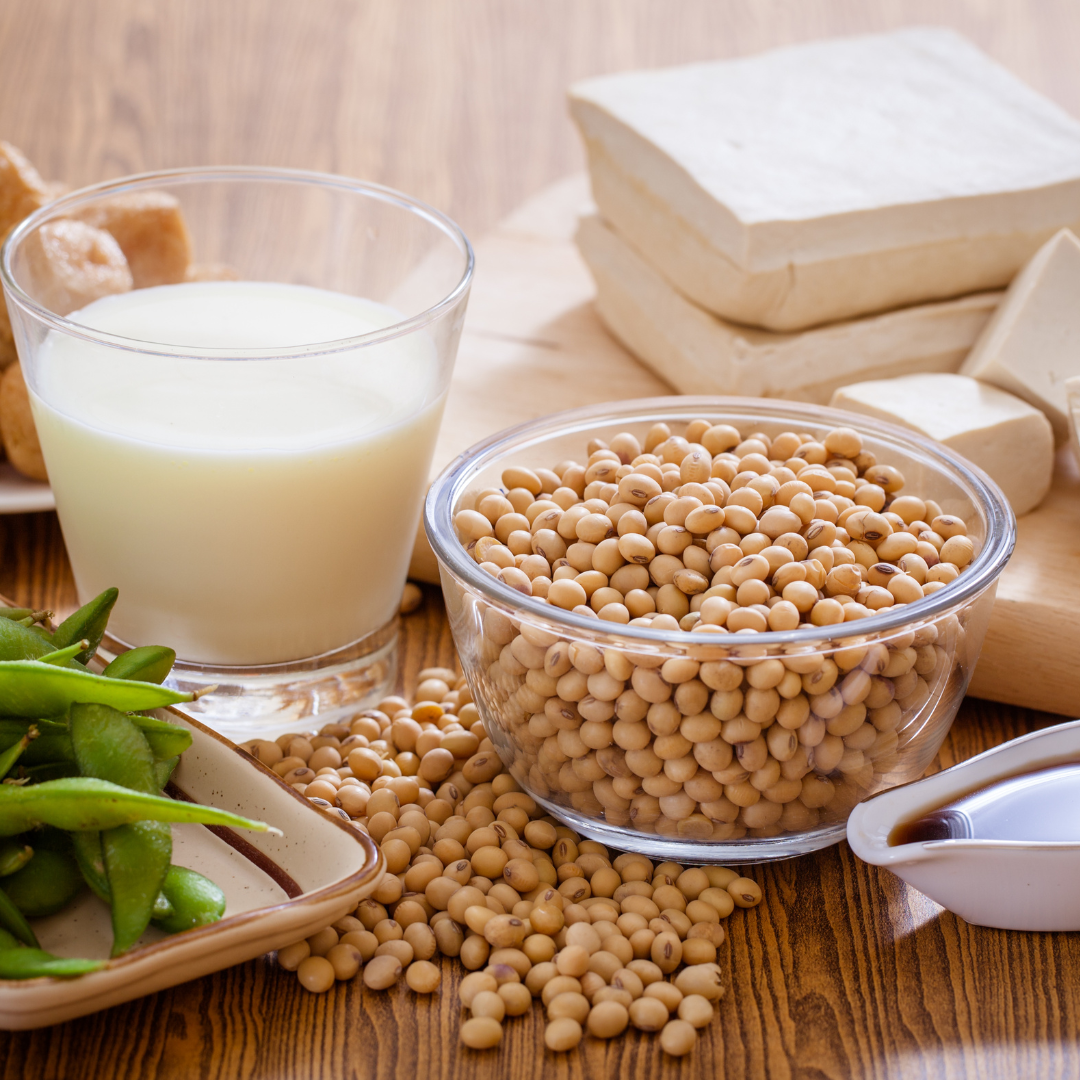
The elimination diet is very empowering for women because it allows you to take charge of your own health and become the expert on you. By tuning in to your body's reactions during the elimination and reintroduction phases, you can make informed decisions about what foods to include in your diet. This puts you in control of your wellbeing, giving you the power to improve your health from the inside out. It's a truly powerful experience!
